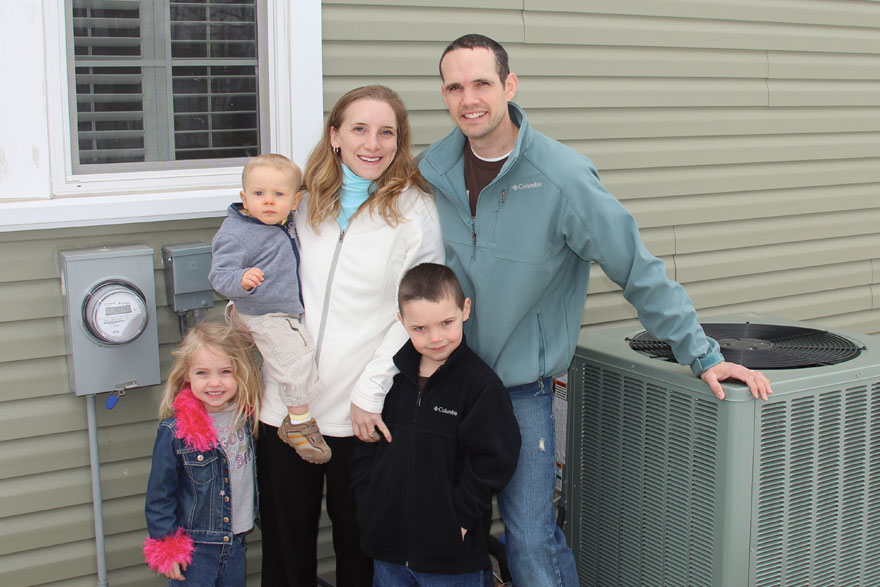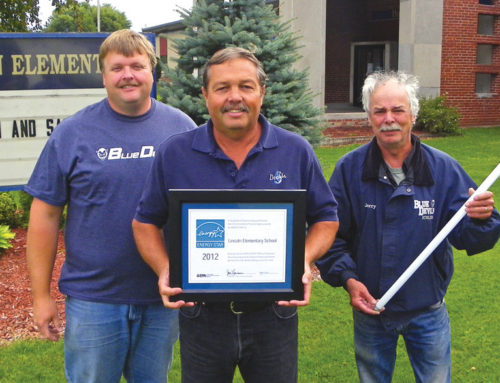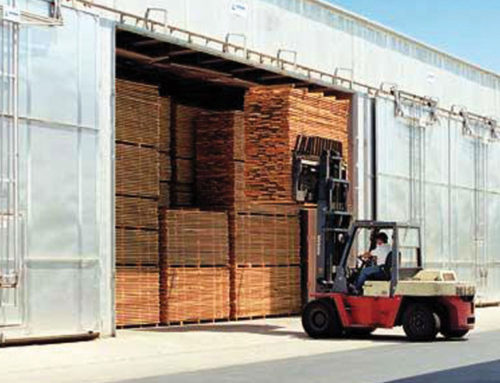After attending an energy seminar hosted by their electric co-op, Great Lakes Energy members Steven and Dawn Burks learned there’s an air conditioning system that can help lower their winter heating bills, too.
When they built their new home near East Jordan in 2011, they had a 95 percent efficient propane furnace and an air-source heat pump installed. The entire installed cost of this heating and cooling system was $8,700. The furnace and heat pump work together to provide affordable comfort and convenience all year long.
“We wanted air conditioning and it made sense to have an air-source heat pump that could both cool the home and help heat it, too,” says Steven.
During last summer’s record heat, the highest monthly cooling bill for their 4,590-square-foot home was $13.17.
By operating the heat pump as a backup heating system on the milder days this past heating season, the couple also saved over $100 in heating costs. The savings bonus resulted from not having to burn as much of the more expensive propane.
Their furnace and heat pump automatically work together. When the outdoor temperature rises to 35 degrees and above, the heat pump comes on and provides all the heat for the home. When temperatures drop below 35 degrees, the furnace takes over.
An air-source heat pump moves heat naturally found in the outside air into the home. According to the U.S. Department of Energy, “when properly installed, an air-source heat pump can deliver one-and-a-half to three times more heat energy to a home than the electrical energy it consumes. This is possible because a heat pump moves heat rather than converting it from a fuel, like in combustion heating systems.”
Their air-source heat pump operates at low cost during the milder days of the heating season because of its:
- Higher efficiency.
- Lower electric heating rate (see related article, below left).
Equally important to containing heating and cooling costs is having a well-insulated home. The Burks home has R-19 insulation in the walls; R-40 in the ceiling; double-pane, low “E” windows; and insulated concrete basement walls. Insulation was added under the concrete basement floor, too.





